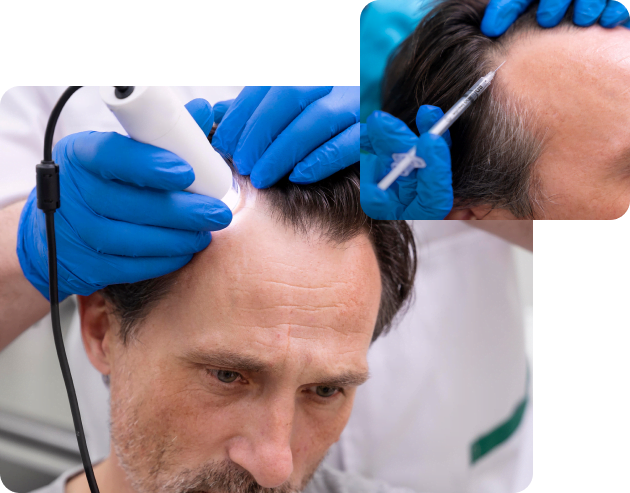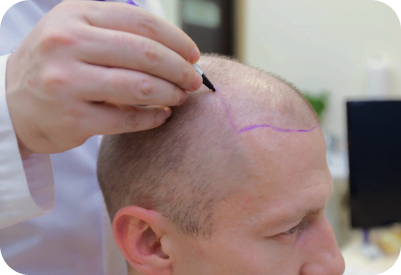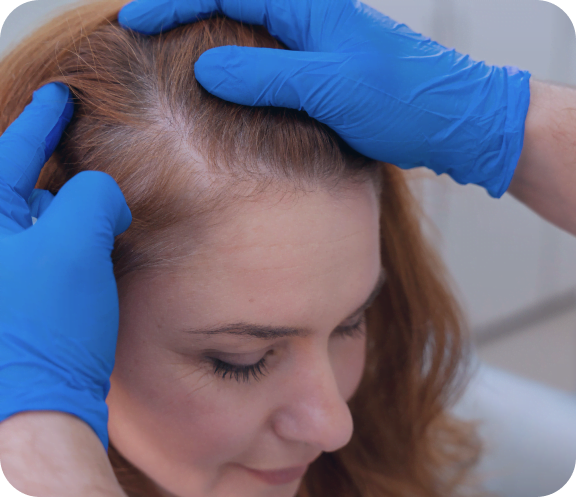What Is ATERA FUE Hair Transplantation?
Hair transplantation that involves a “plug” technique requires transplanting large groups of hair. “Hair plugs” are a type of hair transplantation that concerns extracting plugs of up to 20 hair follicles. However, these “hair plugs” tend to create unnatural hairlines that leave behind linear scars and noticeable marks on the scalp for people who want short hairstyles. Eventually, hair transplant surgeons began to use micrografts that would reduce the appearance of transplanted hair on the scalp.
Follicular unit extraction (FUE) remains the enduring standard for hair restoration techniques. Using 0.6- to 1.025-millimeter micro punches, hair transplant surgeons can extract one to three single hair follicles at a time. Surgeons transplant the follicles to thinning or balding areas on the scalp. These micro punches are so minute that no signs of extraction exist, and no scars remain visible.
FUE techniques allow patients who want short hairstyles to benefit from natural-looking hair transplants. Hair restoration specialists may spend significantly more time performing the ATERA FUE procedure than traditional “strip” hair transplant surgery, but FUE hair transplants deliver superior quality results.


